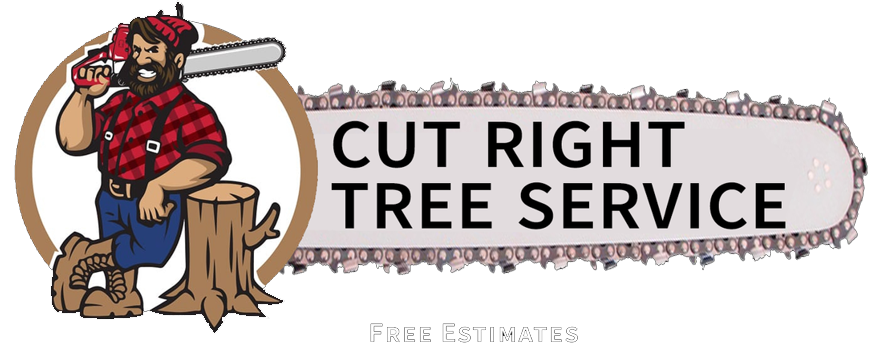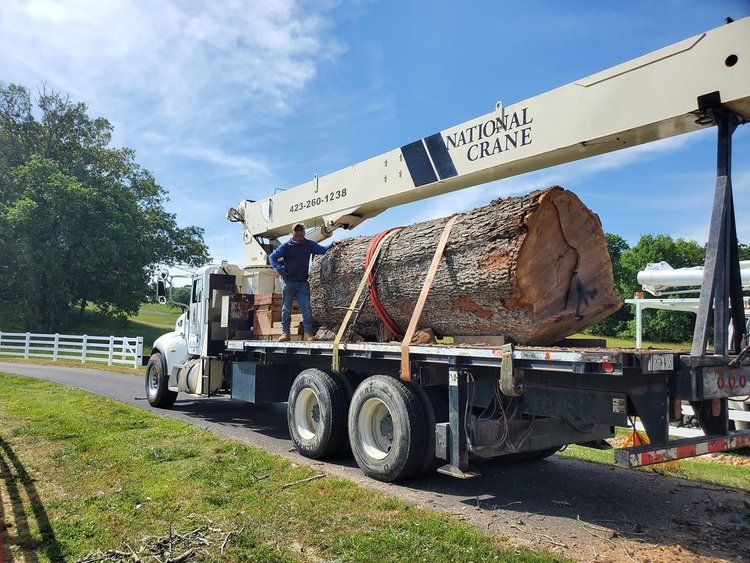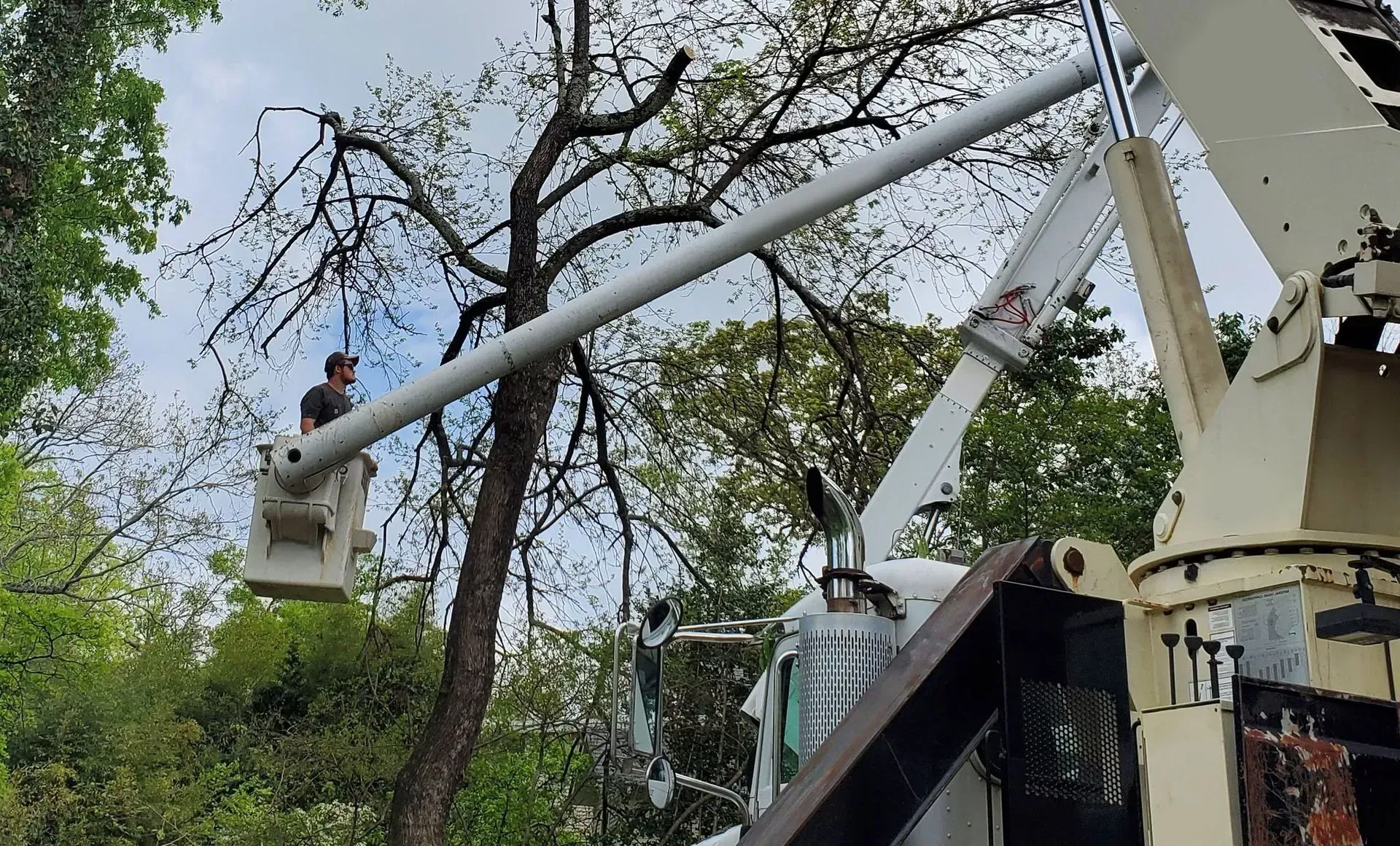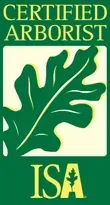Protect Your Trees from Local Threats with Expert Chattanooga Tree Service
Trees are a vital part of Chattanooga's landscape, providing shade, beauty, and environmental benefits. However, they are also vulnerable to various diseases and pests that can compromise their health and safety. Knowing the common tree diseases and pests in Chattanooga is essential for effective prevention and treatment. In this blog, we'll explore the most prevalent threats to tree health in our area and how a professional Chattanooga tree service like Cut Right Tree Service can help you protect and preserve your trees.
Common Tree Diseases in Chattanooga
- Anthracnose
Anthracnose is a fungal disease that affects a wide range of trees, including dogwoods, maples, and oaks. It causes dark, sunken lesions on leaves, stems, and branches, leading to premature leaf drop and weakened tree structure. In severe cases, anthracnose can cause significant defoliation and dieback. Regular monitoring and professional treatment by a Chattanooga tree service can help prevent and control this disease. - Powdery Mildew
Powdery mildew appears as a white or gray powdery coating on leaves, stems, and flowers. It thrives in warm, humid conditions common in Chattanooga. While it typically doesn't kill trees, it can weaken them over time, reducing their overall health and growth. Prompt identification and treatment are crucial to prevent the disease from spreading. - Armillaria Root Rot
Also known as "honey fungus," armillaria root rot is a deadly fungal disease that attacks tree roots, causing decay and weakening the tree's structure. Infected trees may show signs of wilting, yellowing leaves, and dieback. In advanced stages, this disease can cause the tree to collapse. If you suspect armillaria root rot, it's important to contact a Chattanooga tree service immediately for a professional evaluation. - Leaf Spot Diseases
Various fungal pathogens cause leaf spot diseases, resulting in small, dark spots on leaves that can enlarge over time. While leaf spots alone may not kill a tree, repeated infections can weaken it, making it more susceptible to other diseases and pests. A professional tree service can help diagnose the specific type of leaf spot and recommend appropriate treatment measures. - Verticillium Wilt
Verticillium wilt is a soil-borne fungus that affects a variety of trees, including maples, oaks, and elms. The disease blocks water flow in the tree's vascular system, causing wilting, yellowing leaves, and branch dieback. There is no cure for verticillium wilt, but early detection and proper management can help minimize damage and prevent its spread to other trees.
Common Tree Pests in Chattanooga
- Emerald Ash Borer (EAB)
The Emerald Ash Borer is a destructive beetle that targets ash trees, boring into the bark and feeding on the tree's inner tissues. This pest has killed millions of ash trees across the U.S., including in Chattanooga. Signs of an EAB infestation include thinning canopy, bark splitting, and D-shaped exit holes. Prompt action by a Chattanooga tree service can help protect your ash trees from this invasive pest. - Southern Pine Beetle
The Southern Pine Beetle is a native pest that attacks pine trees, boring through the bark and disrupting the tree's nutrient flow. Signs of infestation include yellowing needles, resin masses on the bark, and the presence of small exit holes. An untreated infestation can quickly spread to nearby pines. Professional tree services are essential for controlling and preventing the spread of these beetles. - Bagworms
Bagworms are caterpillars that create distinctive silk bags covered in foliage, which hang from branches. These pests feed on a wide range of trees, including junipers, cedars, and pines. Severe infestations can defoliate a tree, leading to stress and possible death. Early detection and removal by a professional tree service are key to preventing significant damage. - Aphids
Aphids are tiny insects that feed on the sap of trees, causing leaves to curl, yellow, and drop prematurely. They also excrete a sticky substance called honeydew, which can lead to sooty mold growth. While aphids are not usually fatal to trees, they can weaken them over time and make them more susceptible to other diseases and pests. - Scale Insects
Scale insects are small, sap-sucking pests that attach themselves to tree branches and trunks. They can cause yellowing leaves, stunted growth, and even branch dieback. Severe infestations can weaken and kill a tree over time. Regular monitoring and treatment by a Chattanooga tree service can help keep scale insects under control.
How to Protect Your Trees from Diseases and Pests
Understanding the common diseases and pests in Chattanooga is the first step in protecting your trees. Regular inspections, proper tree care practices, and timely intervention are crucial to maintaining tree health. A professional Chattanooga tree service, like Cut Right Tree Service, provides comprehensive solutions, from disease diagnosis and pest control to preventative care and ongoing maintenance.
Why Choose Cut Right Tree Service?
At Cut Right Tree Service, we specialize in preserving the health and beauty of Chattanooga's trees. Our certified arborists have extensive knowledge of local tree diseases and pests and can provide expert diagnosis and customized treatment plans to keep your trees healthy and vibrant.
Don't let diseases and pests threaten the beauty of your landscape! Contact Cut Right Tree Service today for professional Chattanooga tree service. Call us at (423) 260-1238 or schedule a free consultation and learn how we can help protect your trees from local threats.
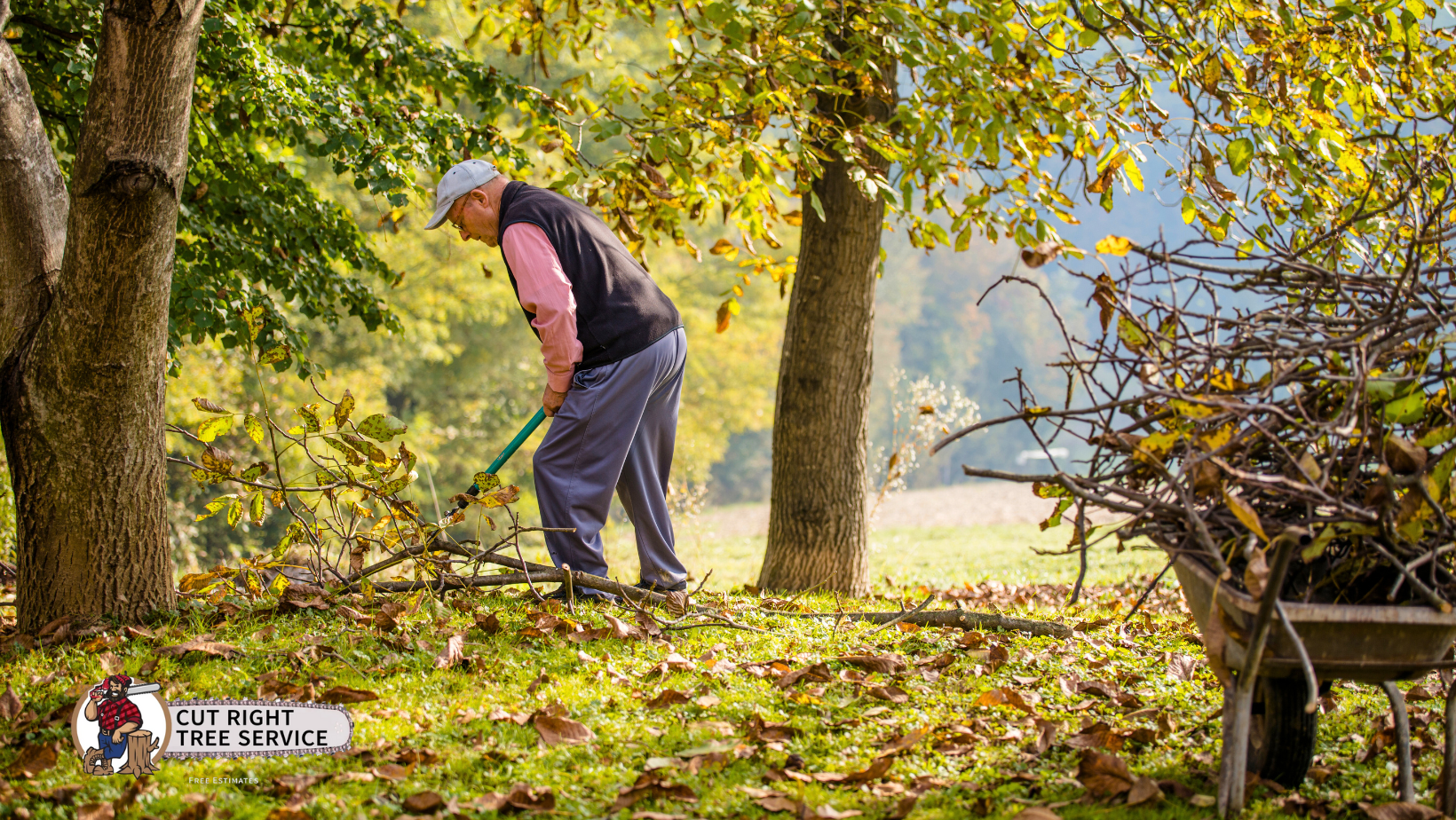
Cut Right Tree Service
Local Tree Service in Chattanooga, TN
Address: 3115 Curtis St
Chattanooga , TN 37406
Hours:
24/7 Emergency Tree Service
Licensed and Insured
TREE SERVICES
OUR SERVICE AREA
© 2024 All Rights Reserved Cut Right Tree Service
Web Design and SEO Services by ZaoMedia

